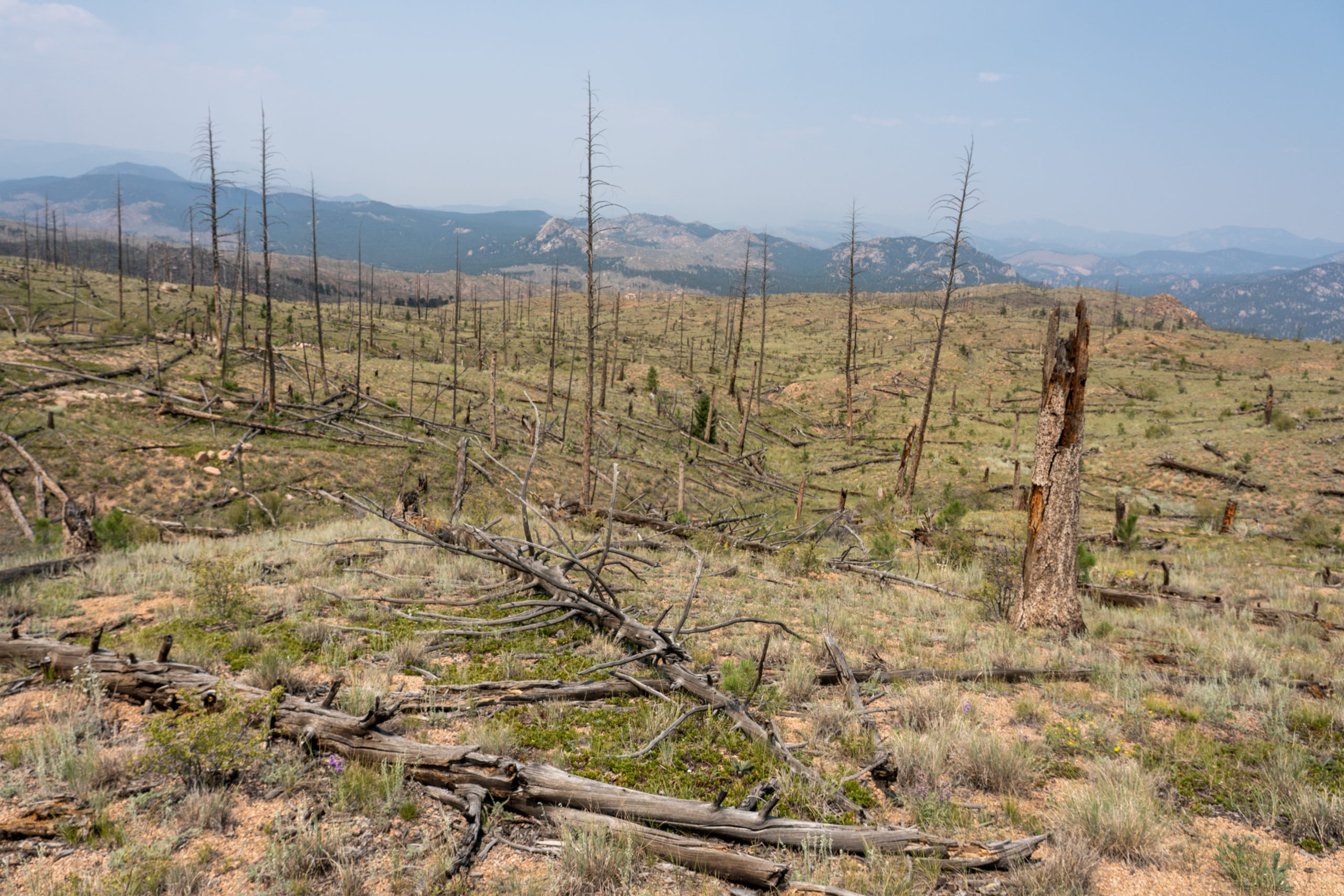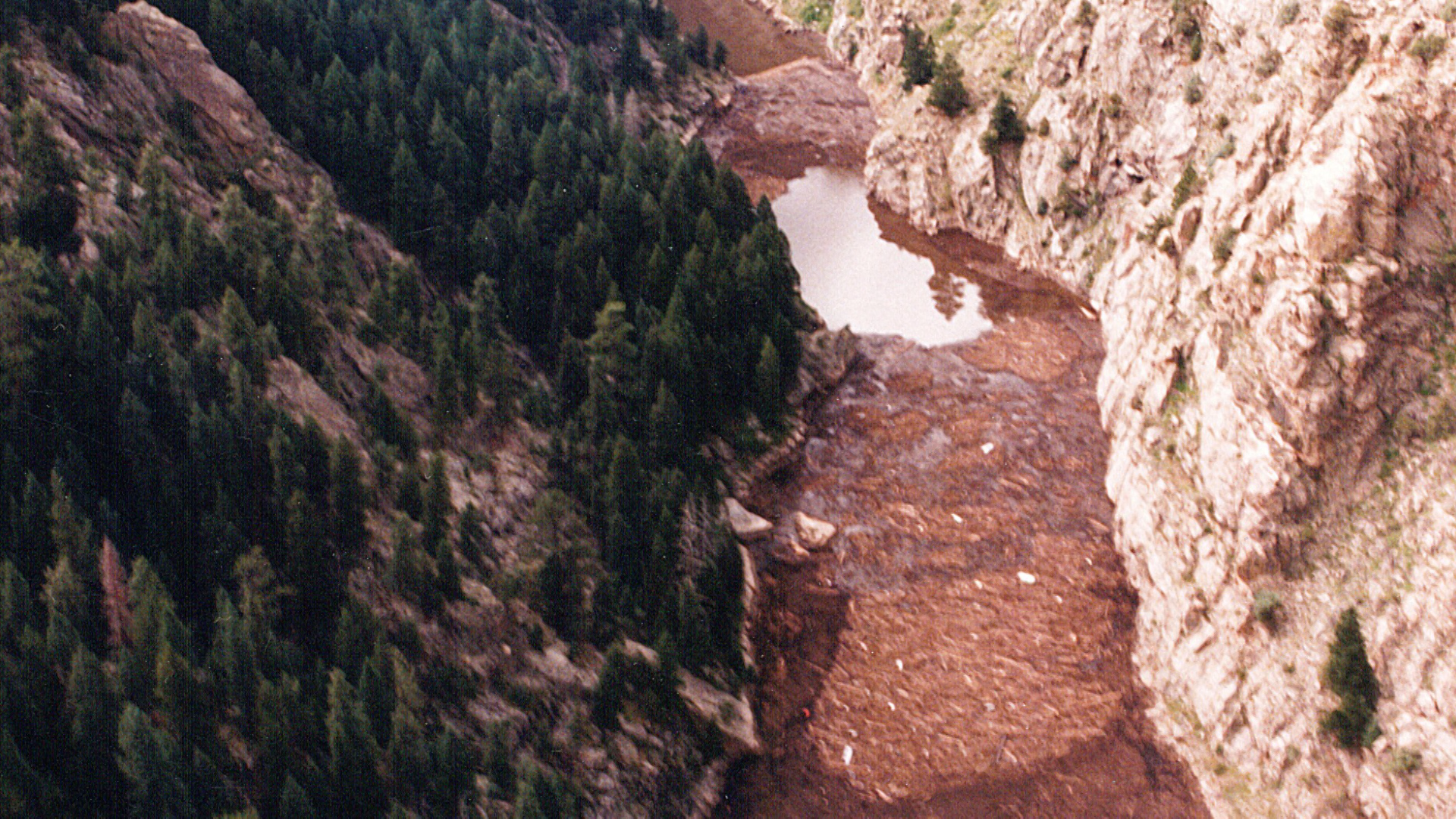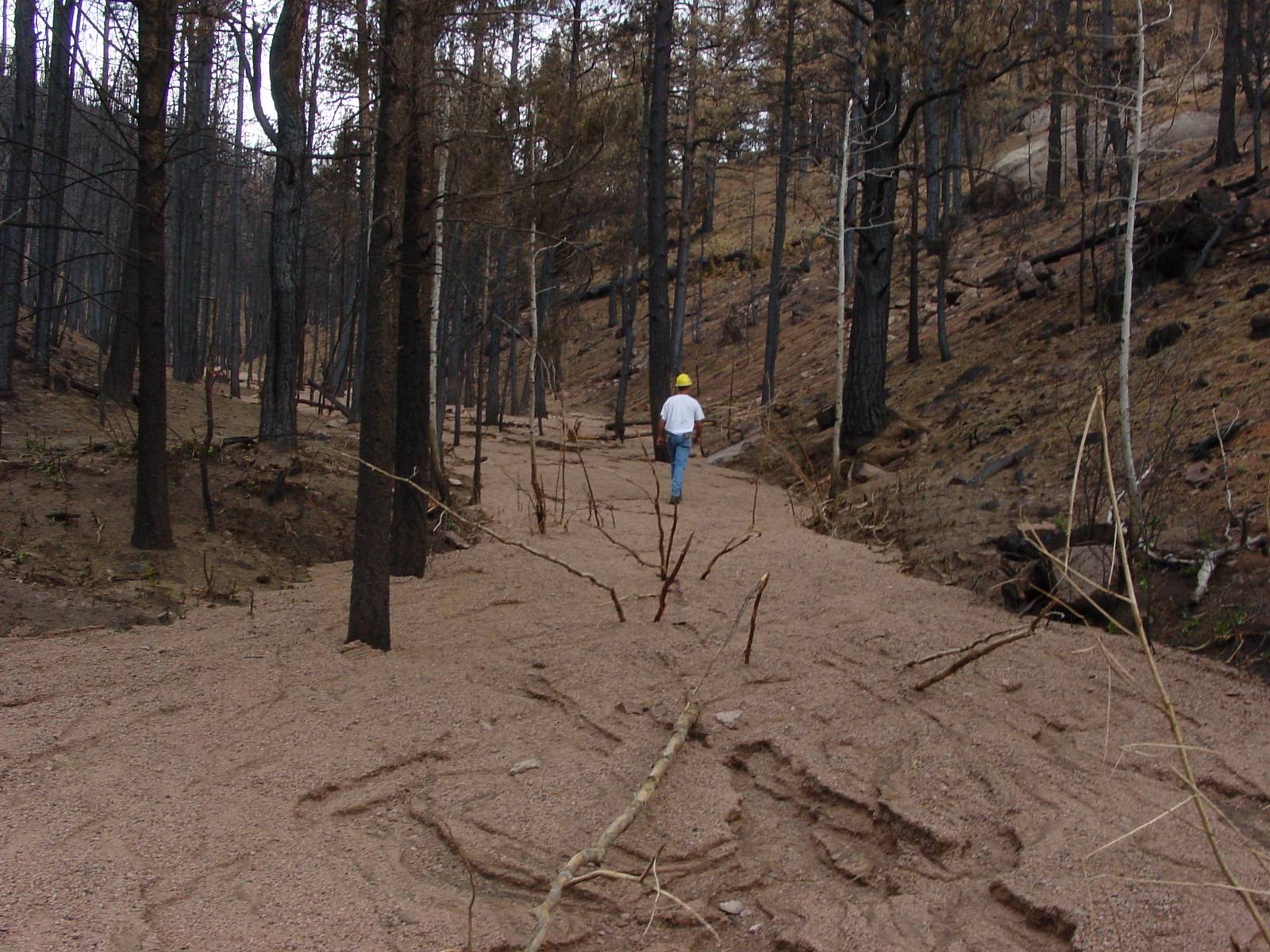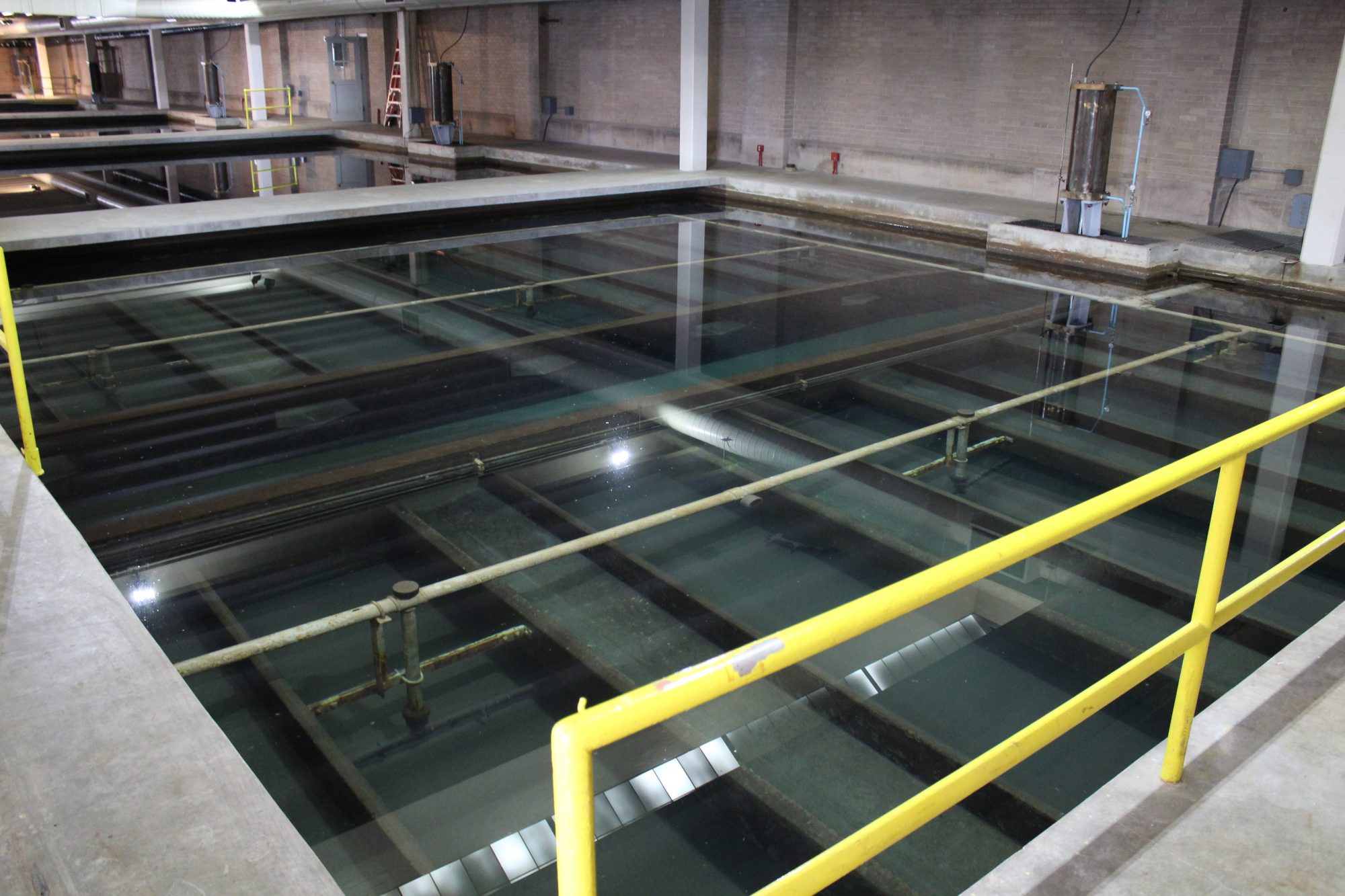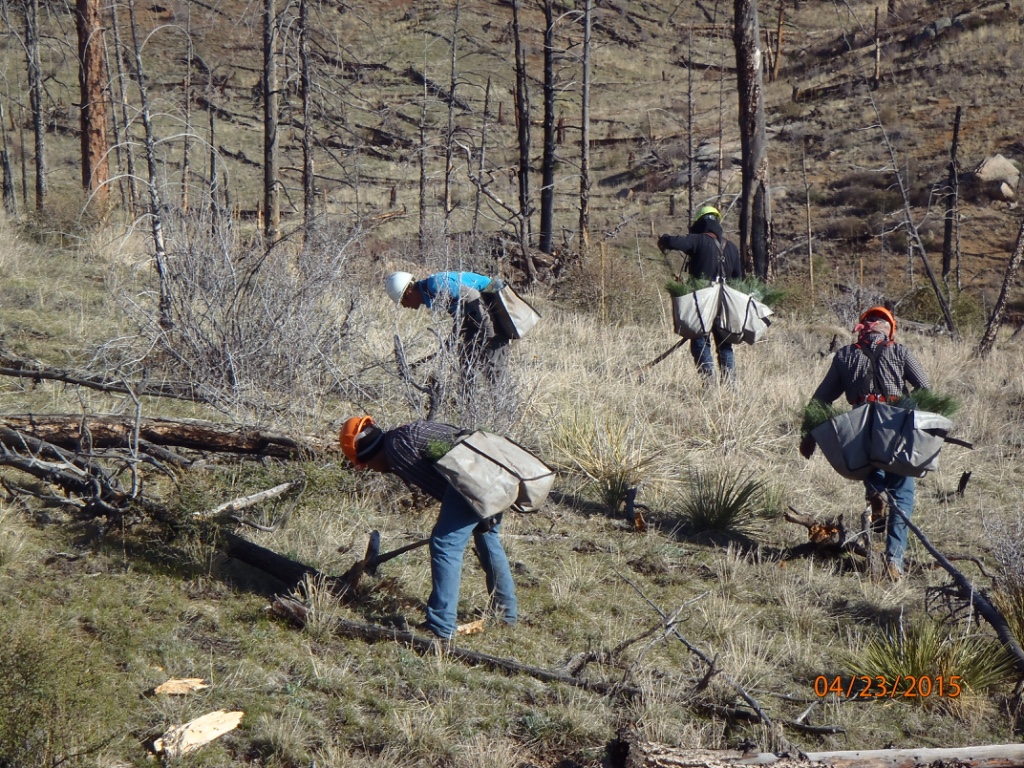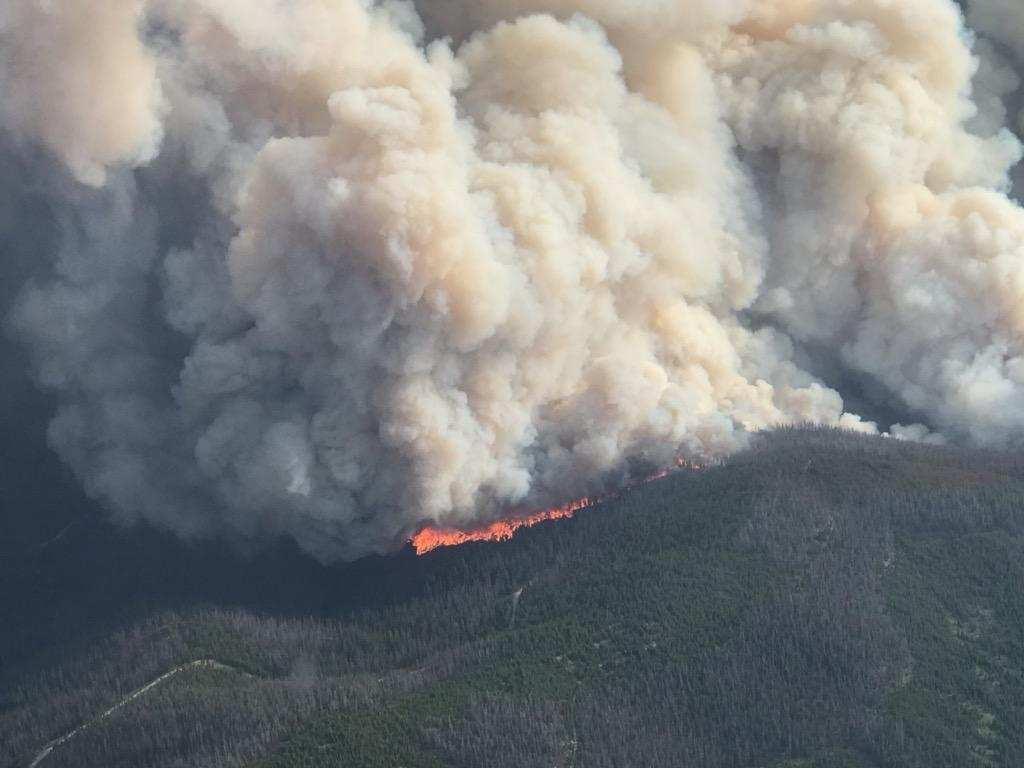
Keeping a close eye on the wildfires of 2020
The smell of smoke, hazy skies and dramatic sunsets on the Front Range are clear signs of major wildfires burning in the mountains west of Denver.
The fires may be far away, but they can have significant impacts on the Front Range — beyond the quality of the air we breathe. That’s because Front Range cities get most of their water from snow and rain that falls in mountain forests.
As of Aug. 24, no Denver Water reservoirs had been impacted by Colorado’s wildfires, but the utility is closely watching the Williams Fork Fire in Grand County, which is south of Williams Fork Reservoir and a few miles west of Denver Water’s Jones Pass Headquarters that includes several buildings and critical infrastructure.
When a wildfire occurs in a watershed, the area that collects and ultimately feeds into a storage reservoir, water quality challenges are a given. In the case of the Williams Fork Fire blazing in the watershed for Williams Fork fire, those challenges won’t impact Denver’s drinking water supply as the reservoir is used for other purposes.
While there is currently no direct threat from any of the current fires to Denver’s water quality, wildfires in the Rocky Mountains are always of concern to Denver Water’s people and property.
Denver Water collects snow and rain over an area covering 4,000 square miles, primarily in Boulder, Douglas, Grand, Jefferson, Park and Summit counties. To put that area in perspective, the state of Delaware covers about 2,500 square miles.
Scattered across this area are dams, reservoirs, canals, tunnels and large pipes surrounded by forest. Learn more about our operations in this video:
If a wildfire damages these pieces of infrastructure, that could affect Denver Water’s ability to collect, store and ultimately deliver water to its customers.
This is one of the reasons Denver Water continues to invest in building more resiliency in its system. Right now, 90% of the water storage is on the south end of the utilities’ water collection system, but just 10% of the storage is on the north end. This underscores the need to enlarge Gross Reservoir to add storage in the north, which will improve flexibility in the event of a problem on the south side that could come from any number of operational issues or threats, like wildfires.
Denver Water has an Emergency Management team that closely monitors wildfire activity and works with local, state and federal authorities to coordinate responses in the event the utility’s facilities, property or infrastructure are threatened.
Each of Denver Water’s facilities have emergency operations plans in place in the event of a wildfire or other threat to ensure the utility is able to keep employees safe while continuing to supply water to 1.5 million people in the metro area.
Wildfires also leave a trail of destruction across the landscape that lingers long after the last embers are snuffed out. Even if the Williams Fork Fire doesn’t make it to any of Denver Water’s facilities, there will still be impacts to deal with as it has damaged the forest that drains into Williams Fork Reservoir.
“When snow melts and the rain falls, the water flows through forests and into streams,” said Christina Burri, watershed scientist at Denver Water. “A major issue after a fire is the increased amount of sediment we see in the streams that flow through burn areas and into our reservoirs.”
Sediment is the name for small particles of soil, rock and clay on the ground. Sediment naturally washes down hillsides, but when trees are destroyed, there is less vegetation to hold the ground in place, allowing more sediment to run down the valleys than if a wildfire had not occurred.
The Buffalo Creek Fire in 1996 is an example of how sediment can cause problems for water storage after a fire. The Buffalo Creek blaze burned 12,000 acres of forest in Denver Water’s South Platte River watershed.
Two months after the fire, flash flooding sent an estimated 160,000 cubic yards — some 17,000 dump truck loads — of debris and sediment into Strontia Springs Reservoir in Waterton Canyon.
Similar flash flooding happened after the 2002 Hayman Fire that burned 138,000 acres around Cheesman Reservoir.
Denver Water spent more than $27 million to repair infrastructure, remove sediment and restore land around key drainages in the Buffalo Creek and Hayman burn areas.
While sediment flowing into rivers and streams happens naturally, the amount increases in burn areas.
Over time, large amounts of sediment slowly pile up on the bottom of reservoirs, taking up space and reducing the amount of water a reservoir can hold.
At Strontia Springs, an estimated 13% of the reservoir’s storage capacity has been filled in by sediment since the reservoir opened in 1983.
As for infrastructure, some sediment is more abrasive than others. Sediment in the water increases wear and tear on pipes, valves and hydropower systems inside dams. This is a long-term problem for Denver Water and the utility does routine maintenance to remove sediment to prevent major issues.
Wildfires in watersheds that supply drinking water can cause additional problems at Denver Water’s treatment facilities.
That’s why Denver Water has a water quality team that continually monitors the watersheds it relies on to supply water to the city. The team collects samples and tests water from mountain streams and reservoirs. Sampling and testing are done routinely so treatment plant operators know what to expect when water enters treatment facilities and adjustments can be made, if necessary.
Denver Water collects samples at more than 75 sites at least twice a year from watershed locations. Information is shared in Denver Water’s 2020 Water Quality Report, which includes data from 35,000 samples and nearly 70,000 tests conducted in 2019.
Watch this video of Denver’s water quality team taking samples in Grand County near Jones Pass, in 2017:
As part of a proactive approach to watershed health, Denver Water invests in From Forests to Faucets, a partnership with the U.S. Forest Service, the Colorado State Forest Service and the Natural Resources Conservation Service to create healthy forests. The goal is not to prevent fires, but to reduce the risk of damaging, high-intensity wildfires.
Since 2010, the partners have invested nearly $60 million in forest health projects. The program has treated more than 100,000 acres and planted more than 1.4 million new trees in burn areas.
“2020 has been a very active fire year so far,” Burri said. “The dry conditions show why our From Forests to Faucets program is so important in building healthy forests and healthy watersheds.”


